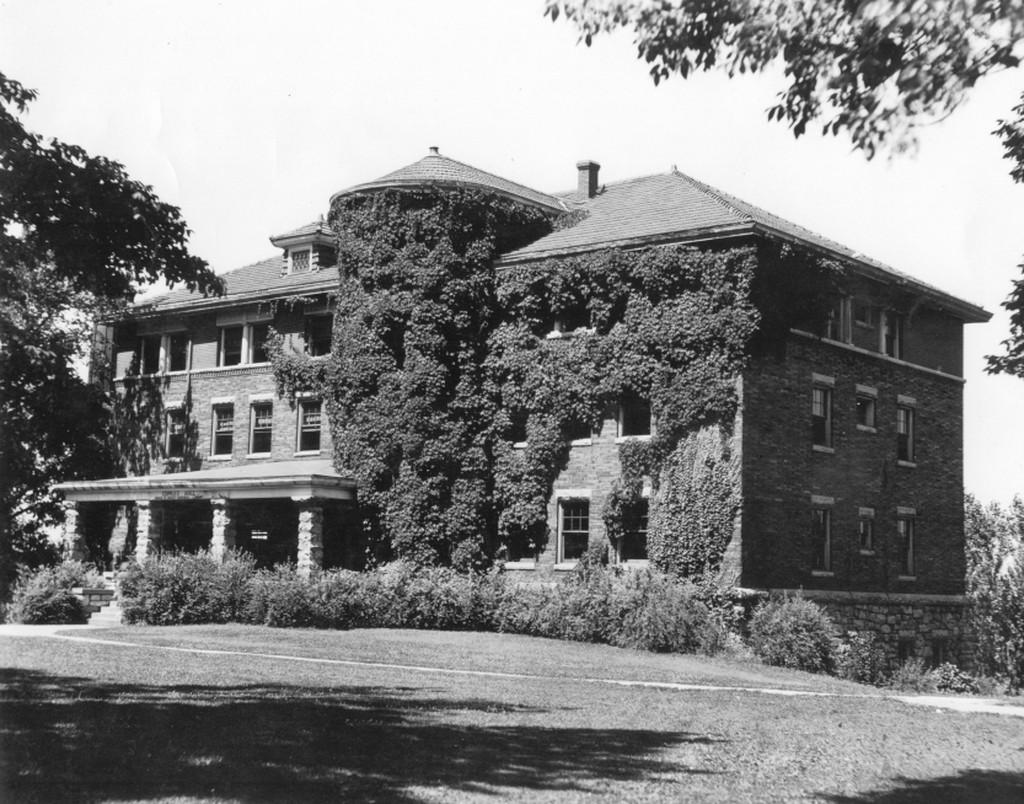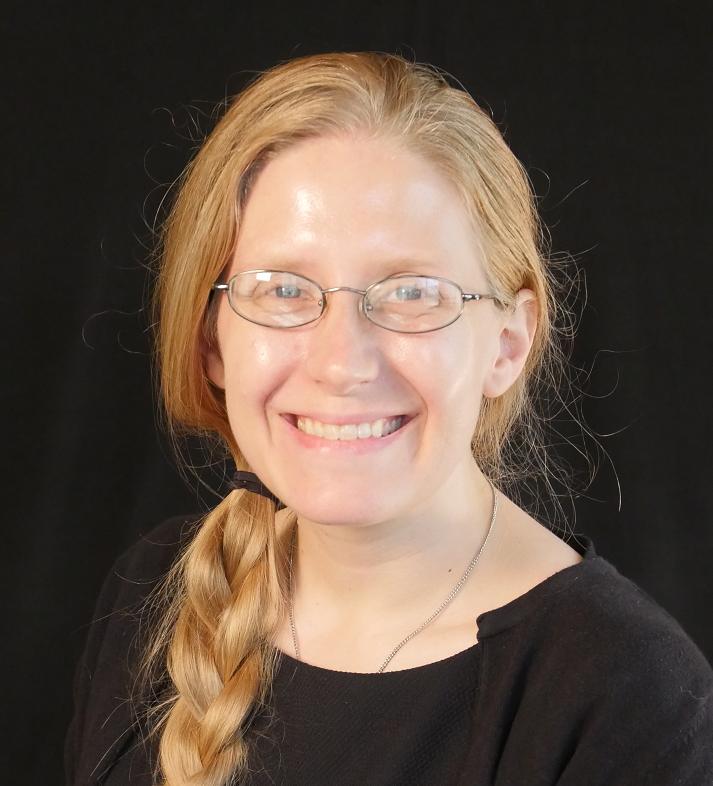 The University Archive at Central Methodist is a treasure trove of material. With hundreds of artifacts, documents, and photos of intrinsic and historical value, the archive is an essential tool for teaching and research.
The University Archive at Central Methodist is a treasure trove of material. With hundreds of artifacts, documents, and photos of intrinsic and historical value, the archive is an essential tool for teaching and research.
The only problem, until now, is that it’s not been all that accessible.
“Every archive is analog. Every archive is papers,” said Jennifer Parsons, Digital Resources Librarian at CMU. “The problem with the archive itself is that it’s in a couple of small rooms in Cupples Hall. It’s not very accessible.”
Students who visit the archive are even asked to leave their backpacks downstairs so they don’t knock anything off the shelves, she says.
But with the unveiling of the university’s JSTOR Open Community Collection this week, Central faculty and students -- as well as the general public -- will be able to access the archive without worrying about damaging precious items.
 Parsons and other library employees have been at work for years digitizing items from the archive for public access. Working with JSTOR -- a widely-used online digital library -- and other universities and institutions in the Council of Independent Colleges, Central has been part of developing a platform called JSTOR Forum. The idea was to make a web-based program with a searchable repository of archival material that can be accessed by anyone with a web browser.
Parsons and other library employees have been at work for years digitizing items from the archive for public access. Working with JSTOR -- a widely-used online digital library -- and other universities and institutions in the Council of Independent Colleges, Central has been part of developing a platform called JSTOR Forum. The idea was to make a web-based program with a searchable repository of archival material that can be accessed by anyone with a web browser.
“When the physical material is in the archives, that’s great because we’re keeping it as part of Central’s history, but only one person can access that at a time,” Parsons said. “But when it’s digitized, anyone can share it. That also includes students who right now are studying and working from home.”
Digitized archival material has been available on CMU’s Artstor profile for a while, but the new JSTOR collection is making it more user-friendly, and just in time.
“It’s more important than ever to make sure people can access it,” Parsons added.
That importance, underscored by ongoing stay-at-home orders due to the COVID-19 pandemic, also extends past just the academic value of the archives, Parsons believes. She has been in contact with the Ashby-Hodge Gallery about the possibility of digitizing parts of the art collection, and there are plans to add photographs of the Jordan Coller collection at the Central Museum of History to the online archive. With a number of interesting artifacts from the Civil War union soldier’s life, the collection is a draw for history buffs in normal times, but now is unavailable due to the campus closure.
“Those [artifacts] are not as easily digitized as, say, a document or old faculty minutes from the 1920s,” said Parsons, “but we can at least easily put up a series of photographs that describe the artifact so people can still look and learn from them, even if they don’t have the joyful experience that is seeing it in a museum.”
While only a fraction of the archive’s digitized items are available to view now, the CMU landing page will soon be chock full of all the papers, documents, photographs, student publications, and faculty writings that Central history has to offer. To view the collection, visit https://www.jstor.org/site/centralmethodist/.